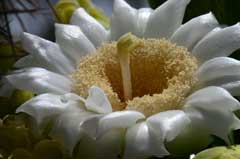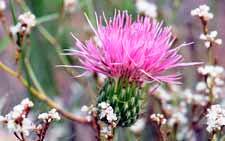Hesperidanthus linearifolius, (Schoenocrambe), Slimleaf Plainsmustard
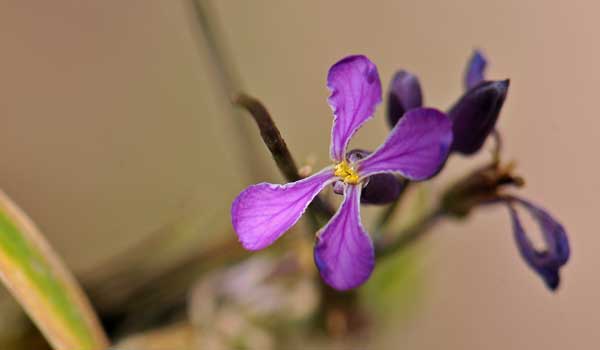
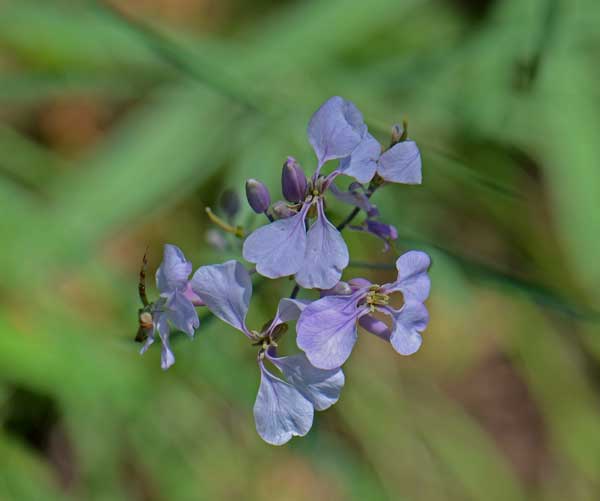
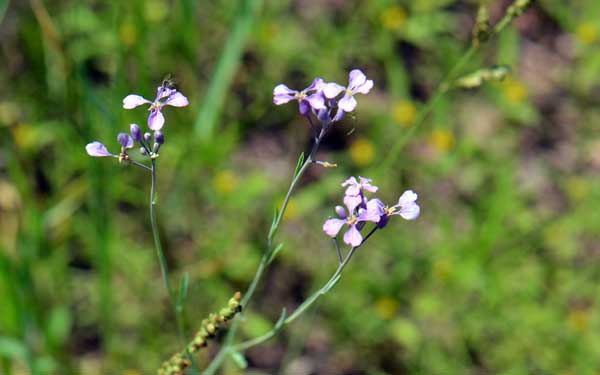
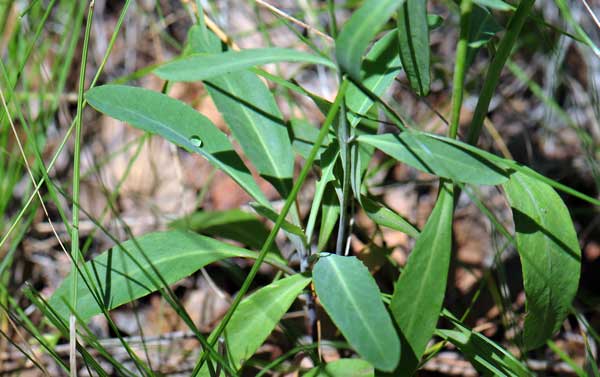
Scientific Name: Hesperidanthus linearifolius, Schoenocrambe linearifolia
Common Name: Slimleaf Plainsmustard
Also Called: Slimleaf Plains Mustard
Family: Brassicaceae, Mustard Family
Synonyms: (Schoenocrambe linearifolia, Thelypodiopsis linearifolia, Thelypodium linearifolium, Sisymbrium linearifolium, Streptanthus linearifolius)
Status: Native
Duration: Perennial
Size: Up to 3 ½ feet or more.
Growth Form: Forb/herb, subshrub, erect, tall slender stem or a few stems, branched.
Leaves: Green, simple, long, up to 2 inches or more, narrow or linear with petioles, margins entire.
Flower Color: Purple or pink-purple; ½ inch petals with darker purple veins, sepals also purplish; flowers on tips of slender unbranched stems (racemes), flowers with long stems or pedicels , fruit is a long capsule.
Flowering Season: May to September, in California July to November and in Texas March through November.
Elevation: 2,500 to 9,500 feet.
Habitat Preferences: Variable, chaparral and pinyon-juniper and pine forests.
Recorded Range: In the United States Slimleaf Plainsmustard is a native of AZ, NM, CO and TX. In is found throughout much of Arizona.
North America & US County Distribution Map for Hesperidanthus linearifolius, as Schoenocrambe linearifolia.
U.S. Weed Information: No data available.
Invasive/Noxious Weed Information: No data available.
Wetland Indicator: No data available.
Threatened/Endangered Information: No data available.
Comments: In Arizona, Slimleaf Plainsmustard is found in fringes of the upper Sonoran desert in mid- to high-elevations in pinyon-juniper and oak-woodland chaparral. The plants in the photographs above were taken in southern Arizona, Patagonia Mountains in the Coronado National Forest.
Slimleaf Plainsmustard has been used in ceremonial medicine and as eye medicine other ethno-botanical uses at Native American Ethnobotany, University of Michigan, Dearborn.
